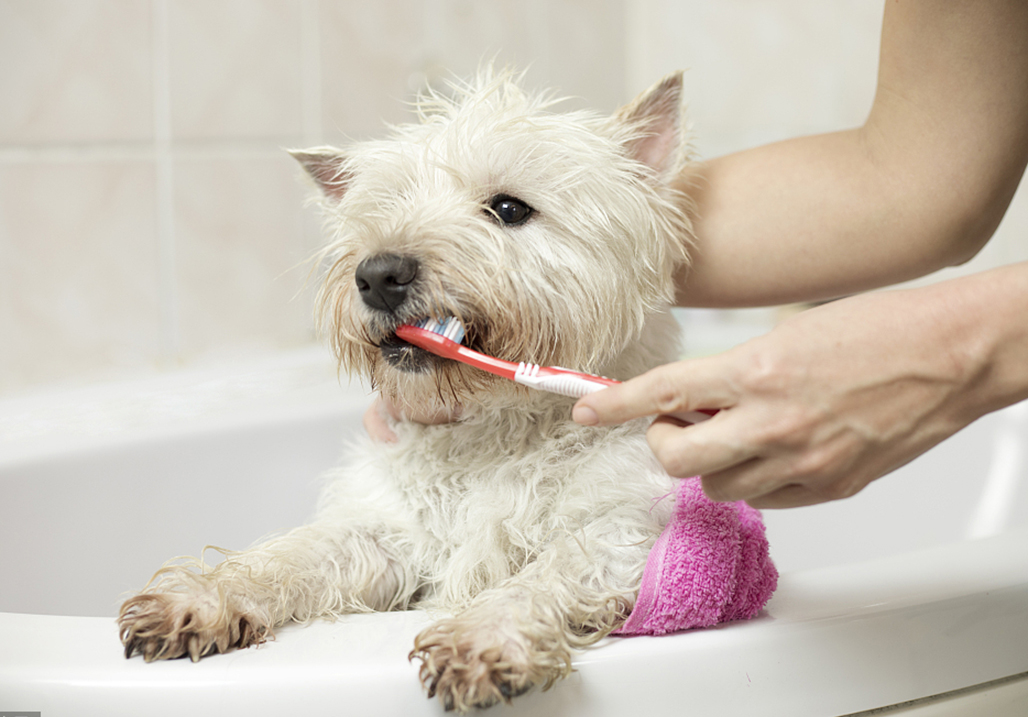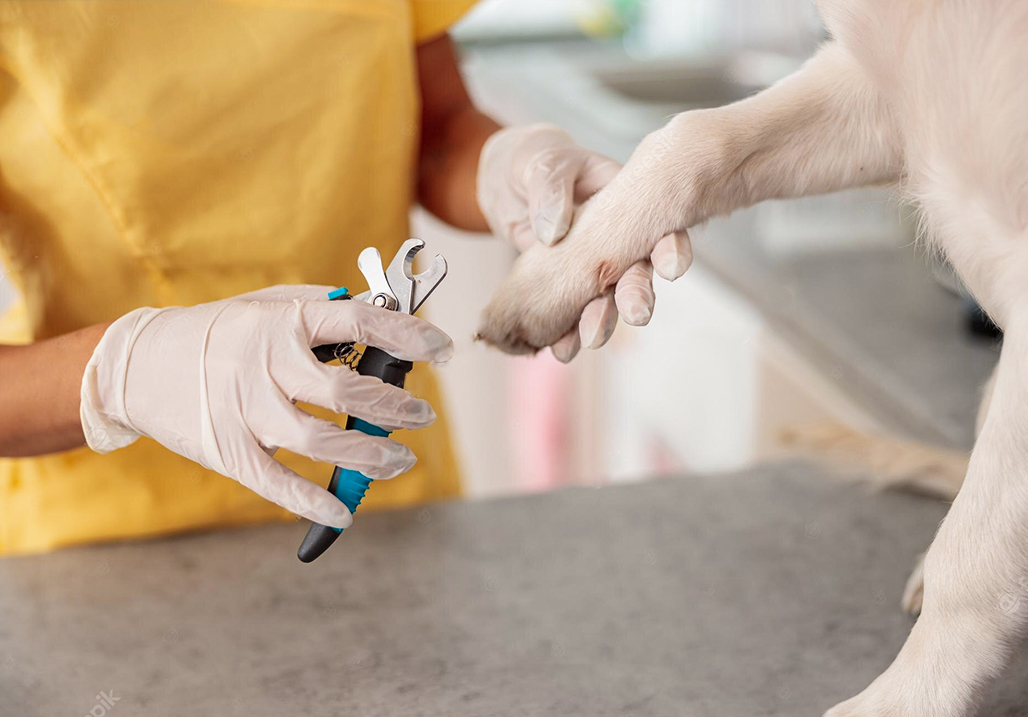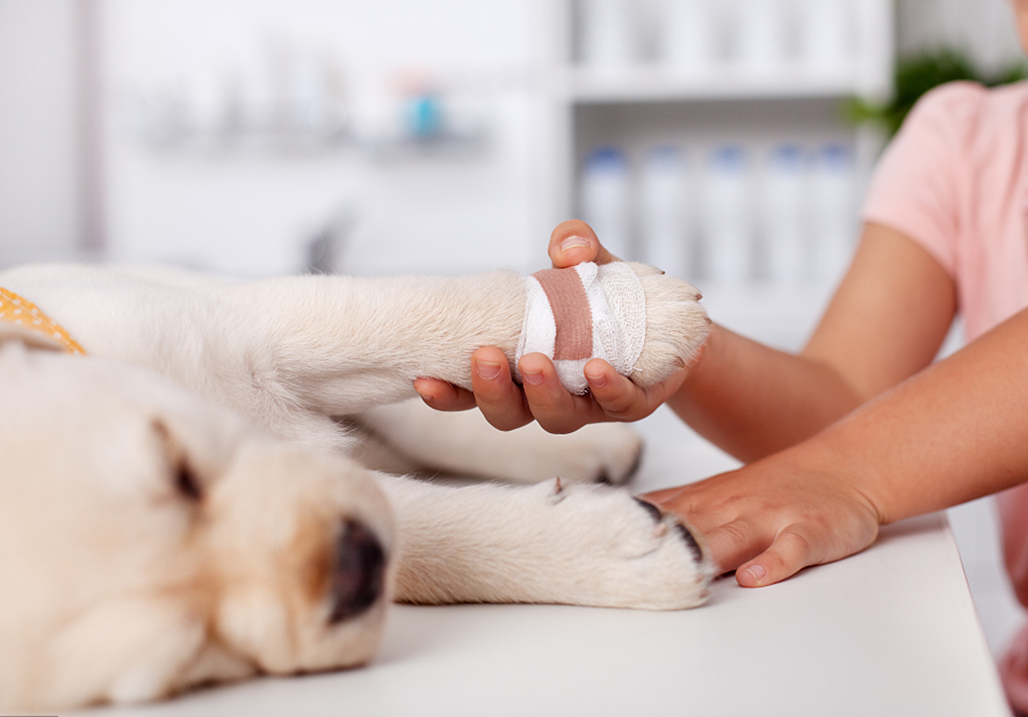Unleashing the Perfect Shine: A Guide to Daily Grooming Care for Your Dog
Jul 19,2023 | Petbobi
Dogs bring immeasurable joy, companionship, and wagging tails into our lives. Just like humans, dogs benefit from a regular grooming routine that not only keeps their coats healthy and shiny but also promotes overall well-being. From brushing their luscious fur to maintaining clean ears and paws, today we'll present the grooming guide, our essential daily grooming care recommendations for dogs. By understanding these practices, you'll be equipped to maintain your pup's impeccable appearance while fostering a strong bond with your beloved four-legged companion.
Regular Brushing for a Healthy Fur and Skin

Daily brushing is essential to maintaining a dog's overall health and well-being. Regular brushing helps to keep their coat clean, free of tangles and reduces shedding. The frequency and duration of brushing depend on the breed and coat type of the dog. For example, a Golden Retriever might require more frequent grooming than a short-haired Chihuahua!
To facilitate the brushing process, a grooming arm can be a useful tool. A grooming arm is a device designed to safely secure a dog during grooming sessions. It typically consists of an adjustable arm attached to a sturdy base that can be attached to a table or grooming station. The dog's leash or collar is attached to the arm, ensuring that they remain steady and restrained while being brushed. If you have a dog that likes to get a little bit wiggly for brushing sessions, check out our Dog Grooming Arm!
Maintain Oral Hygiene with Daily Teeth Brushing

Brushing a dog's teeth daily is another important part of their overall dental care and hygiene routine. Just as humans need regular brushing to maintain oral health, dogs also benefit from this practice. By brushing their teeth on a daily basis, dog owners can prevent the accumulation of plaque and tartar, which can lead to dental problems such as tooth decay, gum disease, and bad breath.
Using a dog-friendly toothbrush and toothpaste while gently brushing the dog's teeth in a circular motion helps remove food particles, bacteria, and other debris. It is important to introduce tooth brushing gradually and make it a positive experience for the dog by providing treats or rewards.
Proper Ear Cleaning for Infection-Free

Dogs' ears can easily become infected as a result of wax and oil buildup. Factors such as excess moisture or allergies can make this risk even higher. It is crucial to be aware of and address these issues to keep our furry friends healthy. To do this, you’ll want to examine the ears for any signs of redness, swelling, or discharge. Gently wipe the outer part of the ear with a soft cloth or a pet-friendly ear wipe to remove dirt and debris.
In addition to daily care, it is important to clean a dog's ears at least once every one to two weeks using a dog-safe ear-cleaning solution. Carefully follow the instructions provided with the ear wash for dogs. Typically, you will need to squeeze a few drops of the solution into the ear canal. Gently massage the base of the ear for a few seconds to help distribute the solution. This action will also loosen any debris or wax buildup.
You can also use a cotton ball or pad to wipe away any visible dirt or debris from the outer part of the ear. After cleaning, allow your dog to shake their head. This shaking motion helps to remove excess moisture and any remaining debris from the ear canal.
Nail Trimming to Identify Potential Issues

Don't forget about the nails! Maintaining your dog's nails is vital for their overall grooming routine. Check your dog's nails daily to see if they need trimming. This will help you stay on top of their nail care and identify potential issues, such as overgrowth or splitting. Most dogs need their nails trimmed regularly. The frequency of nail trimming depends on various factors, including the breed, activity level, and the surfaces they walk on.
In addition to regular nail trims, provide your dog with ample opportunities for natural wear of the nails. Taking them for walks on concrete or other abrasive surfaces can help naturally file down the nails, reducing the need for frequent trims.
Take Care of Their Paws

A dog's paws are exposed to various environmental elements and can be prone to dryness, cracking, infections, and injuries. You can keep your dog's paws healthy and comfortable by incorporating a few simple steps into your daily routine. Check your dog's paws daily for signs of injury, irritation, or foreign objects like thorns, burrs, or splinters. Look for redness, swelling, cuts, or cracked paw pads.
Keep your dog's paws clean by wiping them with a damp cloth or using pet-safe wipes after walks or outdoor activities. This helps remove dirt, debris, and potential irritants. If your dog's paws are dry or cracked, apply a dog-safe paw balm or moisturizer to keep them hydrated. In extreme weather conditions, such as hot pavement or icy surfaces, consider using protective paw wax or dog boots to prevent burns or frostbite.
In Conclusion
Regular grooming not only promotes their physical well-being but also strengthens the bond between dogs and their human counterparts. By incorporating brushing, nail trimming, and ear cleaning into our daily routines, we can help prevent various health issues and keep our dogs looking and feeling their best. Moreover, grooming sessions provide an opportunity to detect any abnormalities or changes in their coat, skin, or overall health. Ultimately, by dedicating time and effort to their grooming needs, we can ensure our beloved canine friends' overall happiness and well-being.




